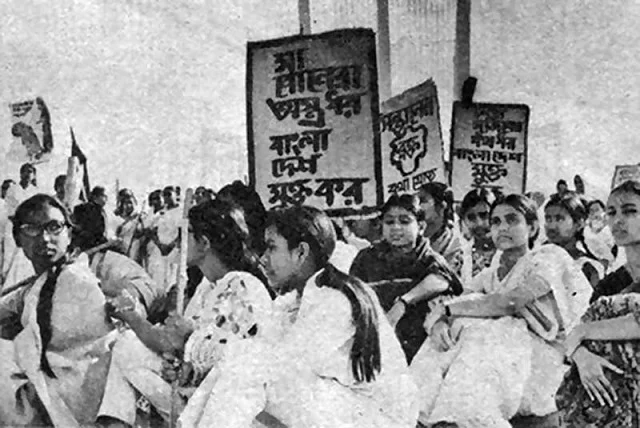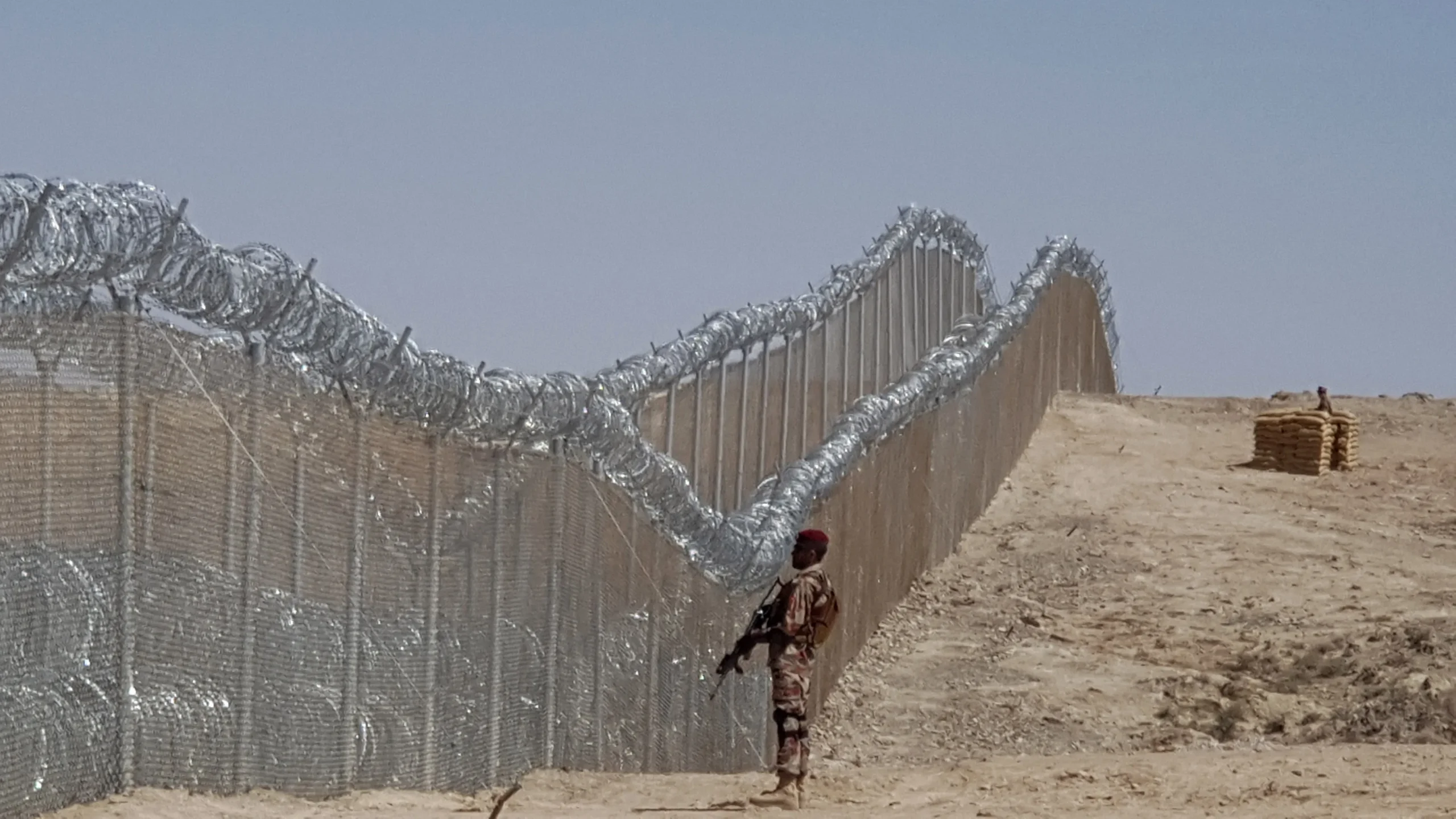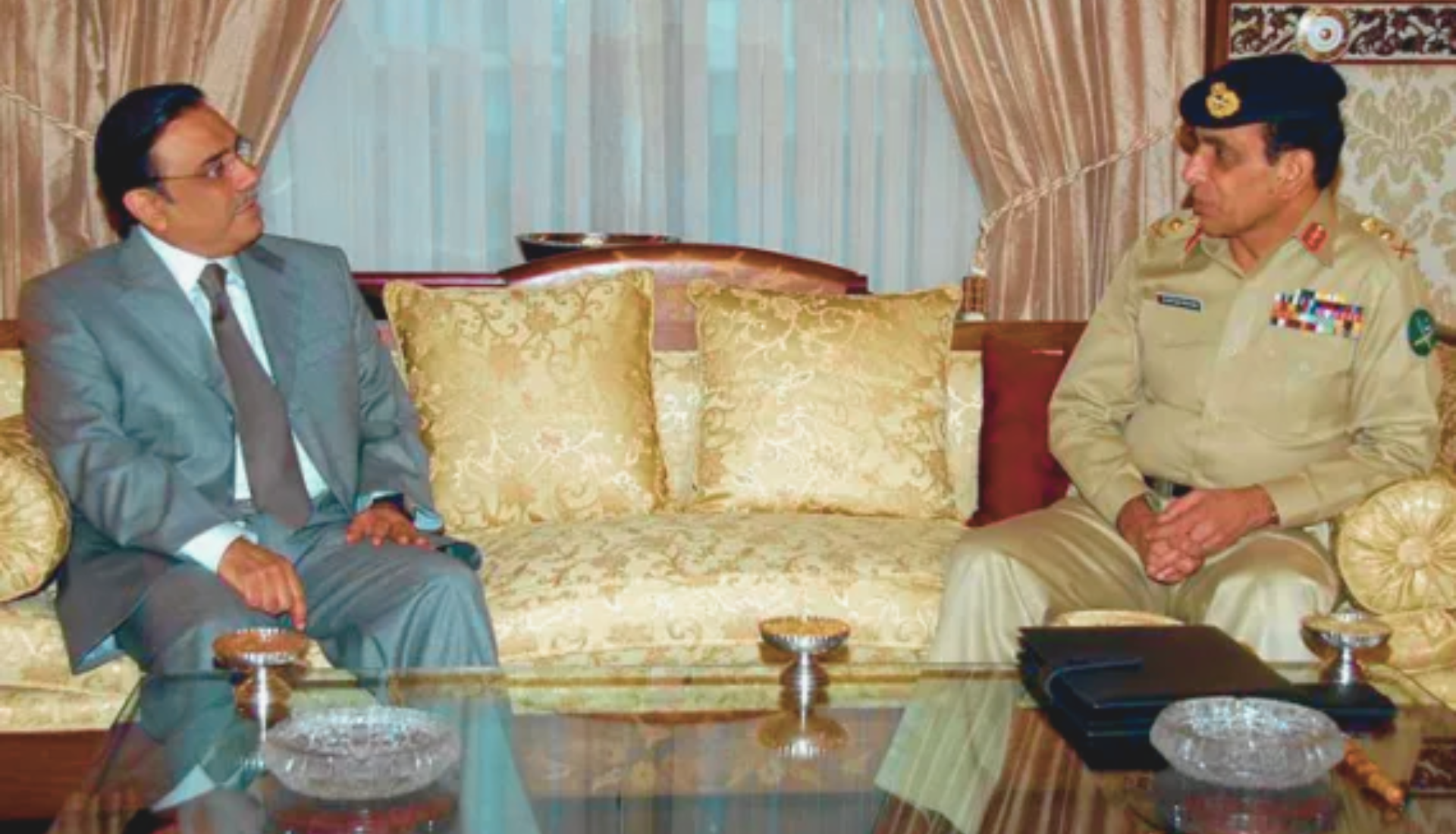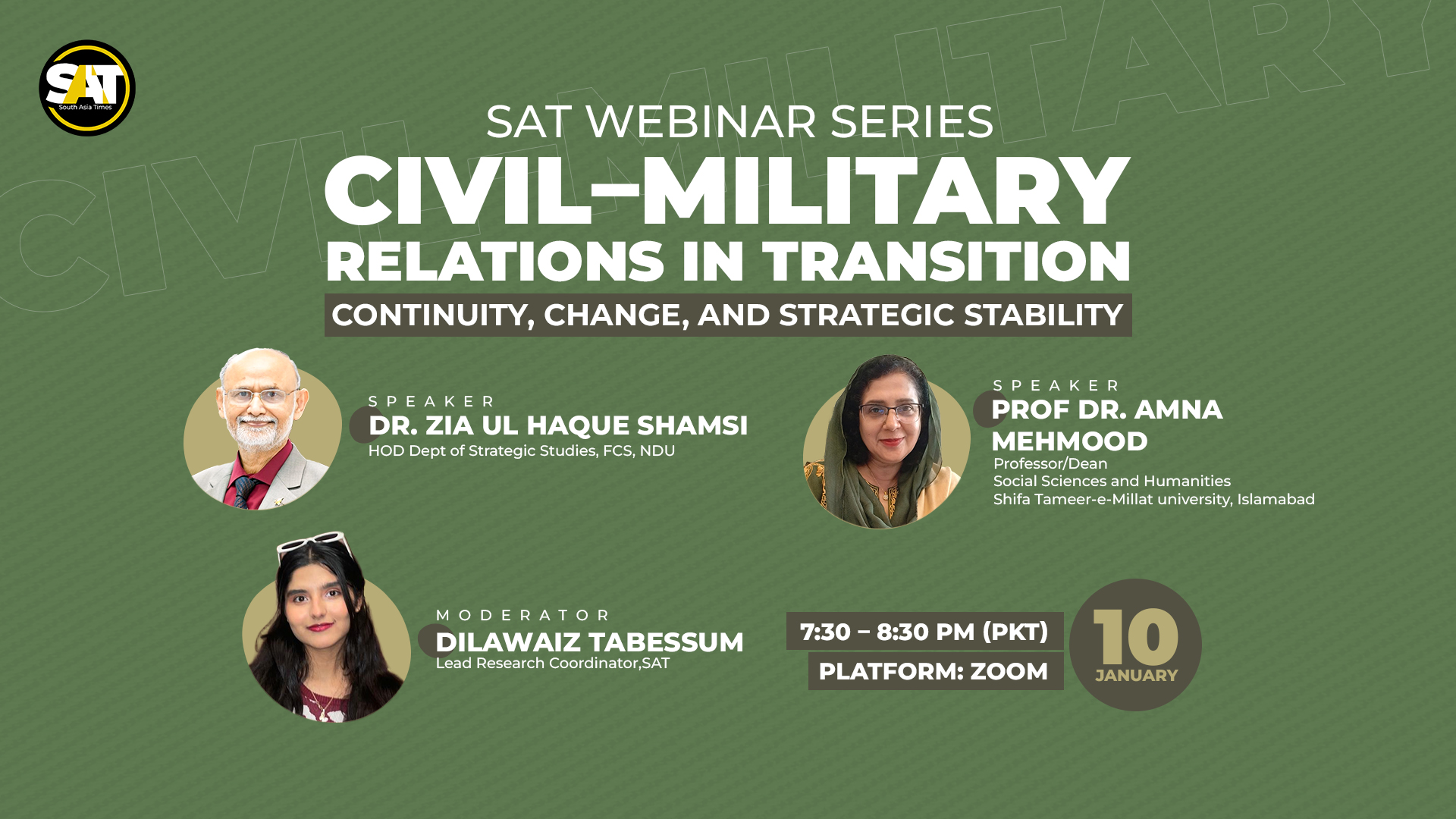Based on the thread initiated by Dr. Hassaan Bokhari (@shbokhari13), we are presenting the subject matter in its more expansive format. Enjoy reading!
Pakistan was supposedly made as an Islamic revolutionary state and an Islamic answer to the global ills born from the wombs of capitalistic exploitation, communist despotism, rabid fascism, and colonial tyranny. Iqbal, Pakistan’s supposed ideologue, rejected language, race, or land as a basis for nationhood and advocated Islam as the primary basis for the yet-to-be-born Pakistan.
The translation of Iqbal from theory into reality was another matter, though. In reality, Iqbal’s Pakistan was stillborn. The actual Pakistan was more a hostage to the vested interests of those Muslims who wanted Pakistan to escape Hindu domination but to whom Iqbal’s ideas were anathema. These Muslims included the old colonial durbari politicians, the Desi wannabe gora bureaucrats and military officers, and the neo-capitalists, or nou-doltiye, who had profited from the World Wars to earn money during the British Raj. Interestingly, this new “elite” of Pakistan almost exclusively belonged to West Pakistan.
UNITED BENGAL SCHEME
In East Bengal, the situation was even more dire, as, in contrast to Punjab, the Hindu elite had mostly stayed put. The professional cadres (teachers, lawyers, and doctors) and intelligentsia were still dominated by the Hindu elite. But the Hindu elite (without the state backing that they had received since Plassey) were now feeling insecure in Pakistan. They feared that sooner or later they would be swamped by the Bengali Muslims, who would be backed by their West Pakistani brethren in this endeavor. For the Hindu elite’s survival in East Bengal, it was essential that the Hindu vs. Muslim binary be converted into a Bengali vs. non-Bengali binary. Thus, the Hindu elite raised the language question within months of the formation of Pakistan.
It was no coincidence that Dhirendranath Dutta, a Hindu member of the Pakistan Constituent Assembly, made a speech in February 1948 calling for Bengali to be made the official language of Pakistan. Mr. Dutta had started his political career in the anti-Muslim agitation against the partition of Bengal in 1905. He kept struggling hard against the creation of Pakistan right up until August 1947, but he had also opposed Suhrawardy’s United Bengal scheme (which would have created a state with Bengali as the official language) on the orders of the Congress leadership. Now, this man has become the mouthpiece of East Bengal on the language issue. The demand was made with the argument that East Bengal, with 55% of Pakistan’s population, must have its language as the national language.
There were other factors than cultural ones behind the language demand as well. The students were especially worried that if Bengali were to be made the national language, they would find it easy to pass competitive exams for government jobs. Otherwise, they would be at a disadvantage against their West Pakistani compatriots. Already there was a huge disparity between East and West Pakistan in the administrative services in 1947. Only one out of about 100 CSPs inherited by Pakistan belonged to East Pakistan.
Bengali Muslims also loved their mother tongue and thought that making Bengali the national language of Pakistan would confer a greater attachment to and ownership of the new state on the masses of East Pakistan. These genuine concerns were used well by the Hindu elite to galvanize the East Pakistani students into launching a language agitation in early March 1948. Tempers were starting to fray a bit, and when the Quaid-e-Azam declared at Dhaka University in March 1948 that Pakistan’s national language would only be Urdu, some students openly expressed dissent and raised slogans. The Quaid however stayed firm on this point. Interestingly, when he said the same thing while addressing a massive public meeting, the 100,000-plus crowd roared with cheers of approval. This showed that in 1948, the language issue was mostly confined to the students and the intelligentsia.
BENGALI LANGUAGE MOVEMENT
Here we might ask ourselves the question, “Why did the Quaid-e-Azam insist on Urdu as the sole national language?”
The most important reason was that in a linguistically diverse country, Urdu was in the position of being simultaneously nobody’s and everybody’s language. Native Urdu speakers made up barely 6% of Pakistan’s population, but Urdu was almost universally understood by the educated Muslims of South Asia. Most of them could speak well in Urdu, and apart from Bengalis (Bengali has a different script than Urdu), most of them could write Urdu. Even in East Bengal, according to a survey of undergraduate and postgraduate students in Dhaka conducted in 1957, although Bengali was the mother tongue of 93% of them, only 35% of these Bengali students could read, write, and speak Urdu. On the other hand, the Bengali language was virtually unknown outside Bengal. The Quaid-e-Azam had said that Urdu would be the sole national language, but he had also said that the people of Bengal would choose their own regional official language. At that time, the constitution was not finalized, and had complete autonomy been given to East Bengal in the constitution, the language issue would have become moot because the insecurity regarding jobs and cultural matters would be over. In an autonomous East Bengal, Bengali would have been the medium of instruction and examination.
There were also apprehensions in West Pakistan about both the Bengali language movement and the majoritarianism it espoused. Many, including the famed Sindhi jurist A. K. Brohi, raised the question of why more than 20% of East Bengal’s population was composed of those Hindus who had fought tooth and nail against the creation of Pakistan and were even now determined to undo Pakistan. He asked: “How could you claim numerical superiority by including in the enumeration a minority opposed to the very concept of Pakistan?” “Left to themselves, the Hindu minority would have voted for Pakistan’s dissolution without hesitation.” For the West Pakistani leadership, the language issue was linked to the constitutional issue. If Bengali was given the status of national language on account of East Bengal’s majority, then it would establish the principle of majoritarianism in the constitution. The West Pakistanis argued that the 20% Hindus, who dominated the professional cadres and the intelligentsia, held great sway over East Bengal’s politics. The enshrinement of simple majoritarianism in Pakistan’s constitution thus had the potential to hold both wings of Pakistan hostage to the whims of an elite Hindu Bengali minority who despised the new state. Interestingly, after 1971, when Punjab became the province with more than 50% of the population of Pakistan, literally no influential person advocated elevating Punjabi to the status of a national language. The reason for this is simple. East Bengali Muslims, robbed and tyrannized by the Hindus and the British, had fallen behind by 1947. When Pakistan was created, East Bengal (robbed of Calcutta) was poor and uneducated compared with the rest of the world. Hence, understandable insecurity about future West Pakistani dominance prevailed there. Punjab had no such issues when the 1973 constitution was being framed.
After Quaid’s visit, the language agitation petered out. Quaid-e-Azam commanded such popularity amongst the Muslims of East Bengal that his declaration convinced the masses to stay away from the language movement for a while. But subsequent developments after his death led to greater resentment in East Pakistan against the Western wing, which in turn refueled the language issue. There were a number of factors that contributed to this resentment. East Bengal faced a food crisis in the late 1940s and early 1950s. The Muslim League-led East Bengal government couldn’t manage the food crisis well, and this created ill feelings in the masses against both the central and provincial governments led by the Muslim League.
After 4–5 years, no substantial effort had been made to uplift the East Bengalis educationally in order to lower the inter-wing disparity. The task of constitution-making had also been largely stuck in a deadlock. In East Bengal, it was widely believed that jute from Bengal was being used to fuel the economy of West Pakistan and fill the coffers of West Pakistani industrialists. This topic will be separately discussed in another thread, but here it will suffice to say that in the East Bengali population’s mind, they were being economically exploited by the Center, or West Pakistan. The Muslim Leaguers of East Bengal had mostly lost the confidence of the population, whereas many Muslim Leaguers had left the party as well.
The simmering resentment just required a small flame to be ignited. This flame was provided by Pakistan’s Bengali Prime Minister Khwaja Nazimuddin on 28 January 1952 when he declared in a public speech in Dhaka that the sole national language of Pakistan will be Urdu. Nazimuddin wasn’t the Quaid-e-Azam, and 1952 was not 1948. His statement prompted students all over East Pakistan to erupt in protest. This time, unlike in 1948, they were joined by enthusiastic masses that were resentful of the incumbent government. The agitation was led by former Muslim League leaders like Maulana Bhashani and Abul Hashim, who had leftist leanings. By mid-February 1948, the protests had multiplied in number and volume. On February 21, students in Dhaka attempted to march on the provincial assembly building and encircle it while the assembly was in session. The students were unarmed, and the protest could have been handled without resorting to lethal force. But the police officer on duty there, a certain Masood Mahmud (who attained great “fame” as head of Bhutto’s FSF many years later), thought otherwise and ordered the police to fire. Five students were killed, and the protestors fled. But the killing of unarmed students literally left East Bengal seething with anger against the government. A Shaheed Minar (martyrs’ monument) was built inside Dhaka University.
Interestingly, even at this juncture, Hussain Suhrawardy (probably the most popular political leader of East Bengal then) issued a statement (on February 25) supporting Urdu as the sole national language and recommending that Urdu be taught as a second language in all schools in East Bengal so that it can be brought back to its glorious status! Suhrawardy’s sentiments were rooted in Urdu’s perception all over South Asia as the language of the Muslims. Urdu was the language in which Islamic masterpieces like Shibli and Nadwi’s “Seerat-un-Nabi (SAW),” Hali’s “Mussaddas,” and Iqbal’s philosophy were written. It was close to Arabic and Persian, which had religious and cultural resonance all over the Islamic world. Iqbal himself loved the Persian language and claimed Punjabi as his mother tongue. But he switched to Urdu in order to make himself intelligible to all the educated Muslims of South Asia.
On the other hand, rightly or wrongly, the Bengali language had come to be epitomized in the public eye with writers such as Rabindranath Tagore and Bankim Chatterjee, who were wildly popular among Hindus all over India. The famous Muslim Bengali poet Kazi Nazrul Islam couldn’t ever get the recognition he merited because of the Hindu elite’s monopoly over patronizing the Bengali language and culture. Chatterjee’s novel “Anandamath” and his poem “Vande Mataram ” became legendary clarion calls for Hindus and anathema for Muslims. Tagore himself was of the view that friendship or amiability between Muslims and Hindus was impossible. He believed that Islam and Christianity were two religions bent on destroying all other religions, and hence peaceful coexistence with them was impossible.
The language movement created a deep fissure between the two wings of Pakistan. It heralded the primacy of Bengali sub-nationalism in Pakistan’s politics. Bengali was named the co-national language with Urdu in the first constitution of Pakistan in 1956. But nobody in West Pakistan seemed to appreciate the fact that the issue wasn’t just the Bengali language. The issue spanned the insecurities of the nascent Bengali Muslim middle class due to vast inter-wing disparity, the manipulation of this middle class by the ideally placed Hindu elite in East Bengal, and the neglect of East Bengal’s legitimate demands regarding economic management, national defense, and regional autonomy. West Pakistan’s hypocrisy in advocating Urdu as the language of Muslim ideologues like Iqbal and then practically running the state in line with the principles of feudals like Sikander Hayat Tiwana and ditching Iqbal’s principles completely was also a huge factor fueling Bengali Muslim resentment. The language agitations were augmented by these structural factors. Without remedying these structural defects, national unity couldn’t have been ensured by merely giving Bengali the status of a national language!
Read more






